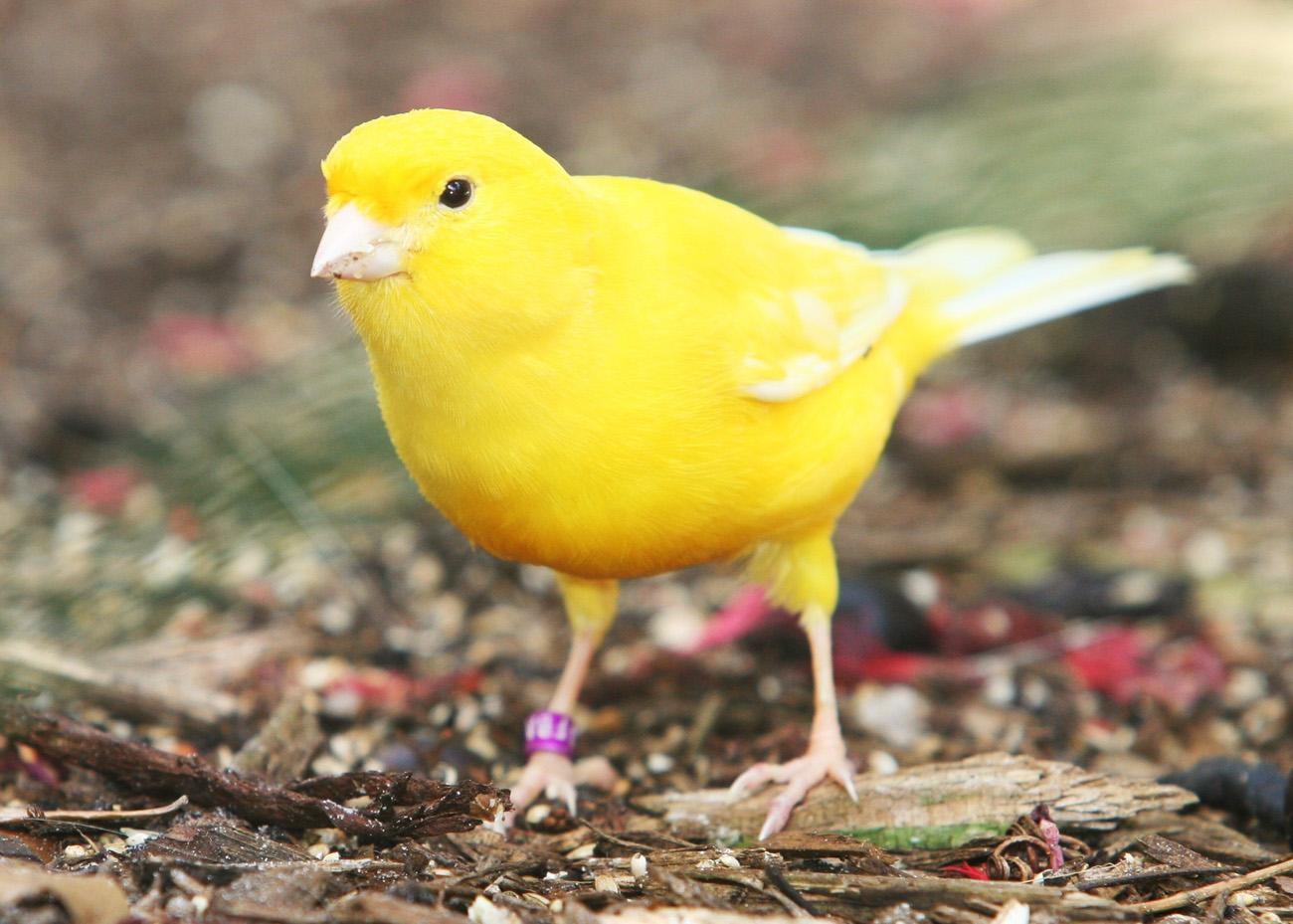

One fight can end one of their lives, so plan to accommodate birds with adequate space or keep caged birds by themselves. In small cages, they are more territorial and aggressive toward cage-mates. In large, flight conducive aviaries, they may have a little fight here and there with their “roommates” but are mostly non-aggressive, however, their claws should be clipped regularly. They are fun to watch interact with each other, play with their toys, and can even improve their singing ability and add mimic sounds to their arsenal. This might be the perfect fit for someone who doesn't want to be required to interact with their bird so regularly. Pairs will bond quickly to each other and over time, might perch on your finger or shoulder without fear, they are not particularly cuddly animals. You can also mist your bird as an alternative.Īlthough Canaries are social, they shouldn't be kept with species other than their own and they need to be socialized with daily by their owner. Remove the water when your bird has bathed. Use natural cleaning products, of course, and provide your bird filtered water to bathe in. You should clean its habitat once weekly, or more often if it's needed. Common sense says don't place food or water beneath perches to further avoid contamination. It's also recommended you put a metal tray over the dropping tray to keep your bird from its excrement. Multiple perches will keep your Canaries happy and with a variety of sizes to prevent your bird from getting arthritis. Your Canary's aviary should be placed off the floor and in a well-lit area away from any immediate drafts. Likely because of their natural habitats, Canaries are flexible about household temperatures, as long as it does not ever exceed 80 degrees Fahrenheit. You can provide your Canary as much space as you can and you'll have one happy bird. Canaries In CaptivityĪn adequate aviary for a one Canary would be 18” x 14” x 18” with metal bars spaced no further apart than 3/8” to avoid their escaping, but an aviary conducive to flying would be best. In Bermuda where feral populations of Canary were introduced, the bird has also established a healthy population. Stable populations can be found on several region's islands, including the Canary Islands, Azores Islands, and Madeira Islands. Wild Canaries inhabit open areas and orchards from sea level to 5,000 feet above sea level. Canaries are only 3-4 inches long from head to tail and can live as long as 10 years or longer in captivity with optimal care. Canaries also do well in aviaries alone or in pairs. The Canary's song is also an attractive quality to those considering a bird for a pet. They look more wild than domesticated Canaries because its domesticated relative is bred specifically for its bright, attractive colors. Wild Canaries range from grey hues to green-yellow with brown markings on its back and a yellow underbelly. Its name, Canary, comes from its native region of Spain's Canary Islands. Wild Canaries are called by a variety of other names including Atlantic Canary, Island Canary, or Common Canary.


 0 kommentar(er)
0 kommentar(er)
